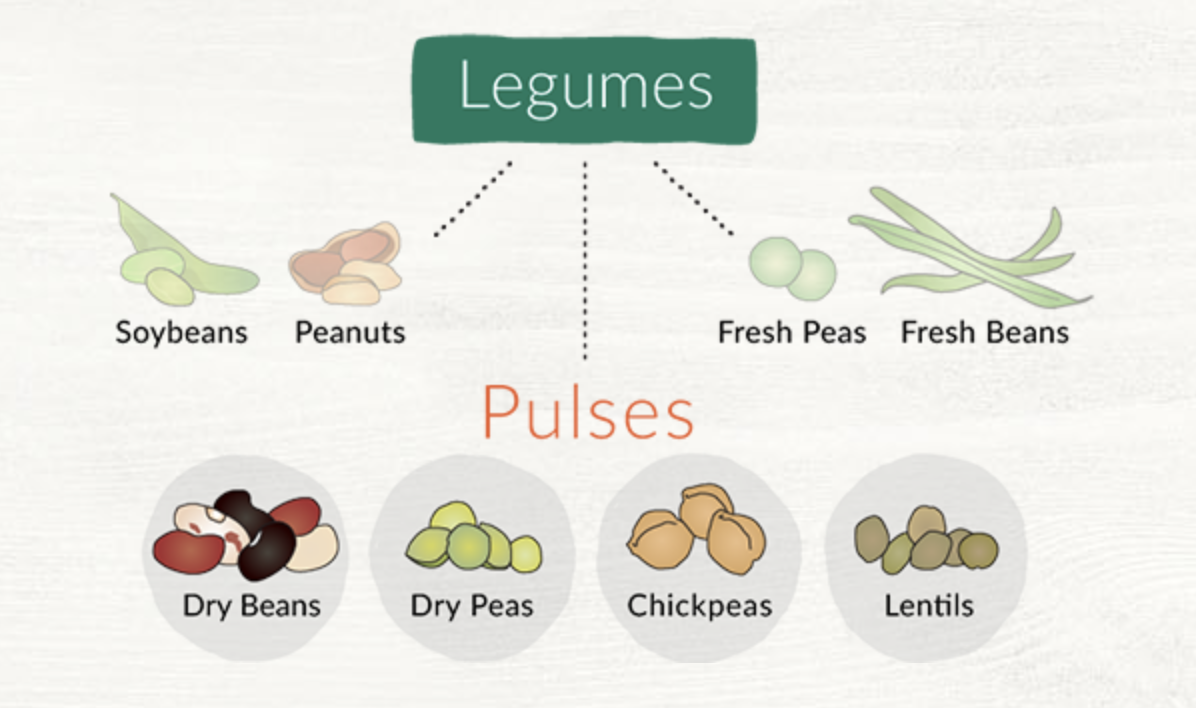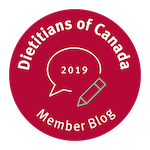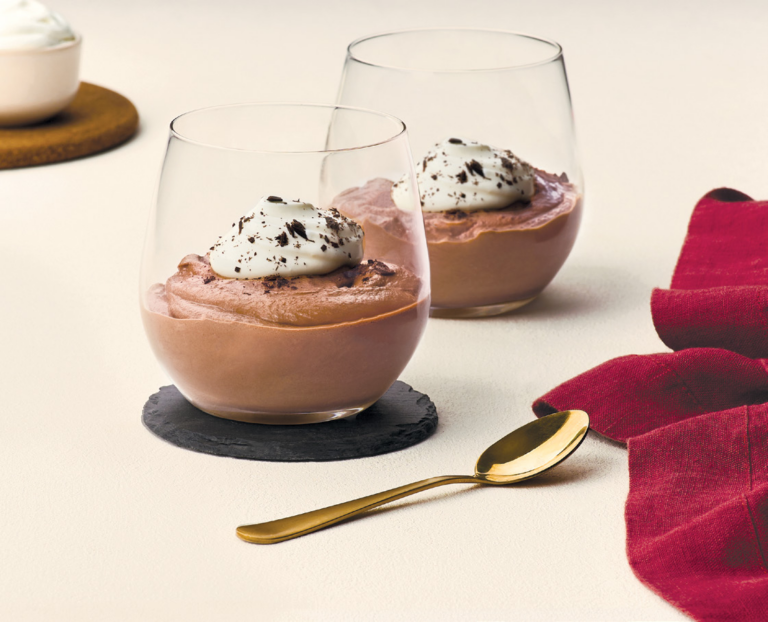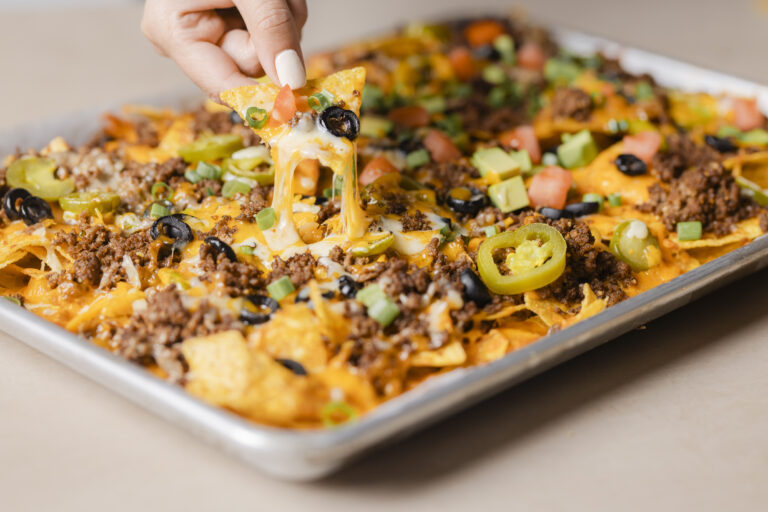Have you cooked with pulses before? Find out why this food is gaining popularity with Canadians and how you can enjoy more pulses in your diet!
What are pulses?
Are they the same as legumes? Pulses are the dried seeds of legume plants. They are legumes, but the term “pulses” only refers to the seeds or “beans” inside pods, which are harvested and dried for us to eat. These include lentils, chickpeas, dried peas, beans, pigeon peas and many more. Pulses come in all varieties of shapes, sizes, colours, and forms including canned, dried, split or whole, and can be ground into flours.

Photo credit: pulses.org
Pulses: a Canadian crop superstar
Canada is a world leader in the production of chickpeas, lentils, peas, and beans, and exports its pulses to over 150 countries worldwide.1 There are currently 98 pulse farms in BC.2 The province of Saskatchewan produces 96% of Canada’s lentils and 79% of all Canadian pulses.2 As if that wasn’t impressive enough, in 2017, Canadian farmers produced over 7.1 million tonnes of pulses, making pulses the 5th largest crop in the country.3
Canada’s food guide recommends choosing protein foods that come from plants more often. Does this mean I should stop eating meat?
It’s best to eat a variety of foods as each food offers its own unique flavours, textures, and set of nutrients. Pulses are an excellent source of plant-based protein, fibre, and vitamins and minerals including potassium, folate, iron, and manganese. If you are someone who loves meat but wants to include some more plant-based protein in your diet, try this recipe for Mediterranean Meatballs, which combines the goodness of both ground turkey and red split lentils.
Want to eat a more local and sustainable diet? Go green with pulses!
Pulse crops have a low water and carbon footprint because they are a nitrogen-fixing plant. They are able to convert the nitrogen in the air to a type that the crop can use as fertilizer. This allows farmers to use very little or no fertilizer when growing pulses and thus reduces the amount of greenhouse gas emissions produced.3
Canadians are eating more pulses than ever before
Since 2004, there has been a 31% increase in the consumption of legumes, nuts, and seeds.4 From hearty soups and creamy dips to nourishing salads and sweet treats, pulses are versatile and delicious. Here are some of our favourite ways to eat pulses:
- Warm up with a spicy chickpea tikka masala
- Mix in a half-cup of black eyed peas to your favourite salad
- Fill up on a hearty vegetarian burrito bowl
- Whip up a quick and tasty hummus using canned chickpeas
- Replace half the amount of ground beef in your favourite burger recipe with lentils
- Use split peas to thicken soups and stews
- Fuel your morning with hearty oatmeal blueberry muffins
- Satisfy your sweet tooth with a delectable chocolate cake made with chickpea flour
With so much variety to choose from, how will you enjoy pulses in your diet?
By Mary Cao, year 5 dietetic student, with Carmen Gorlick, RD

References
1. http://www.agr.gc.ca/resources/prod/Internet-Internet/MISB-DGSIM/ATS-SEA/PDF/4692-eng.pdf
3. https://www150.statcan.gc.ca/n1/en/pub/96-325-x/2014001/article/14041-eng.pdf?st=f7Q6cpep
4. Tugault-Lafleur CN, Black JL. Differences in the quantity and types of foods and beverages consumed by Canadians between 2004 and 2015. Nutrients. 2019;11(3):526



